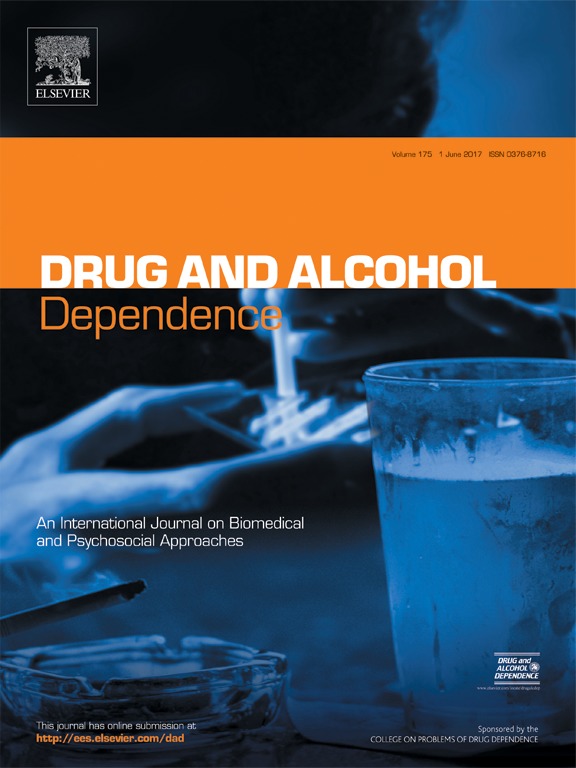Highlights
- •Kratom is primarily used by a population 31-50 years old and making $35,000 or more.
- •40% of respondents discussed Kratom use with their healthcare provider.
- •Kratom-related toxicity requiring treatment had an incidence of 0.65%.
- •Kratom is mainly used for pain, mood swings, and opioid-related withdrawal symptoms.
- •Potential dose-dependent effect for both perceived beneficial and negative symptoms.
Abstract
BACKGROUND
Kratom preparations have raised concerns of public health and safety in the US. Investigation into the demographics, perceived beneficial and detrimental effects of Kratom as well as common doses and purposes of its use are important to properly evaluate its potential health impact.
METHODS
An anonymous cross-sectional online survey was conducted in October 2016 of 10,000 current Kratom users through available social media and online resources from the American Kratom Association. A total of 8,049 respondents completed the survey.
RESULTS
Kratom is primarily used by a middle-aged (31-50 years), middle-income ($35,000 and above) population for purposes of self-treating pain (68%) and emotional or mental conditions (66%). Kratom preparations present with a dose-dependent effect with negative effects, which were primarily gastrointestinal related including nausea and constipation, mainly presenting at high (5 g or more/dose) and more frequent (22 or more doses/week) dosing.
CONCLUSIONS
Kratom shows a dose-dependent opioid-like effect providing self-reported perceived beneficial effects in alleviating pain and relieving mood disorders. Kratom was primarily used for self-treatment of pain, mood disorders, and withdrawal symptoms associated with prescription opioid use.







